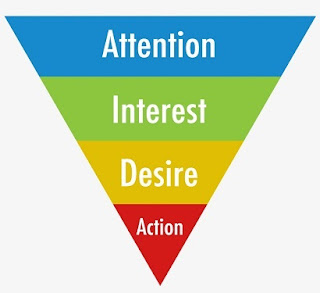If you are into Marketing, then you will surely come across the 3 terms ATL, BTL and TTL advertising. Do you know what exactly these 3 terms are and how they work?
By the way, these three terms were initially introduced by Proctor and Gamble (P&G) in the 1950s when they started paying differential rates to their marketing agencies based on the different categories of advertising being undertaken.
In this post, we shall discover these three categories or strategies for advertising.
 |
| Marketing Image by Freepik |
1. Above the Line (ATL)
Above the Line strategy primarily involves promotional communications which are broader in nature and have a large reach. The goal of this approach is widespread brand awareness in order to build a good Brand image and Goodwill in the market. Since it is done on a large scale, It is usually not targeted or focussed on any particular market segment.
This strategy may not generate any kind of instant sale or an instant intent to buy among the consumers but may generate awareness and interest over time.
Some of the examples of this strategy include Nationwide broadcasts on TV, Newspapers, Radio, Magazines, etc.
2. Below the Line (BTL)
Below the Line (BTL) promotional approach is more focussed and is targeted towards a particular segment. This strategy is used when the primary goal of advertising is to increase conversion. This is more aligned with a direct approach to marketing.
Some of the examples of this approach include Geo Localized Ads, Direct Marketing, PR, etc.
Here, Geo Localized Ads may include Billboards, Fliers, etc. In the case of Direct Marketing, it may include Targeted Email Marketing, Social Media Ads, SMS, Telecalling, Pamphlets, etc.
PR may also be adopted in this case, but it has to be targeted and focussed Press releases.
In addition to the above examples, Sampling, In-store promotions, Visual Merchandising is also widely practiced.
3. Through the Line (TTL)
Through the Line (TTL) approach is more of an integrated approach. In this approach, both ATL and BTL strategies are combined to generate interest and drive conversions. This strategy aims for 360-degree marketing. The brand tries to be present at every touchpoint in the customer's journey throughout their buying process..
Some of the examples of this strategy include TV, Newspaper, Social media posts, Contextual ads, emails, etc.
Hope this post will help you plan out your advertising strategy. Do let me know your thoughts.
By the way, If you are interested in trying out CRM software for your team, do check out ToolsonCloud CRM. It's free!


